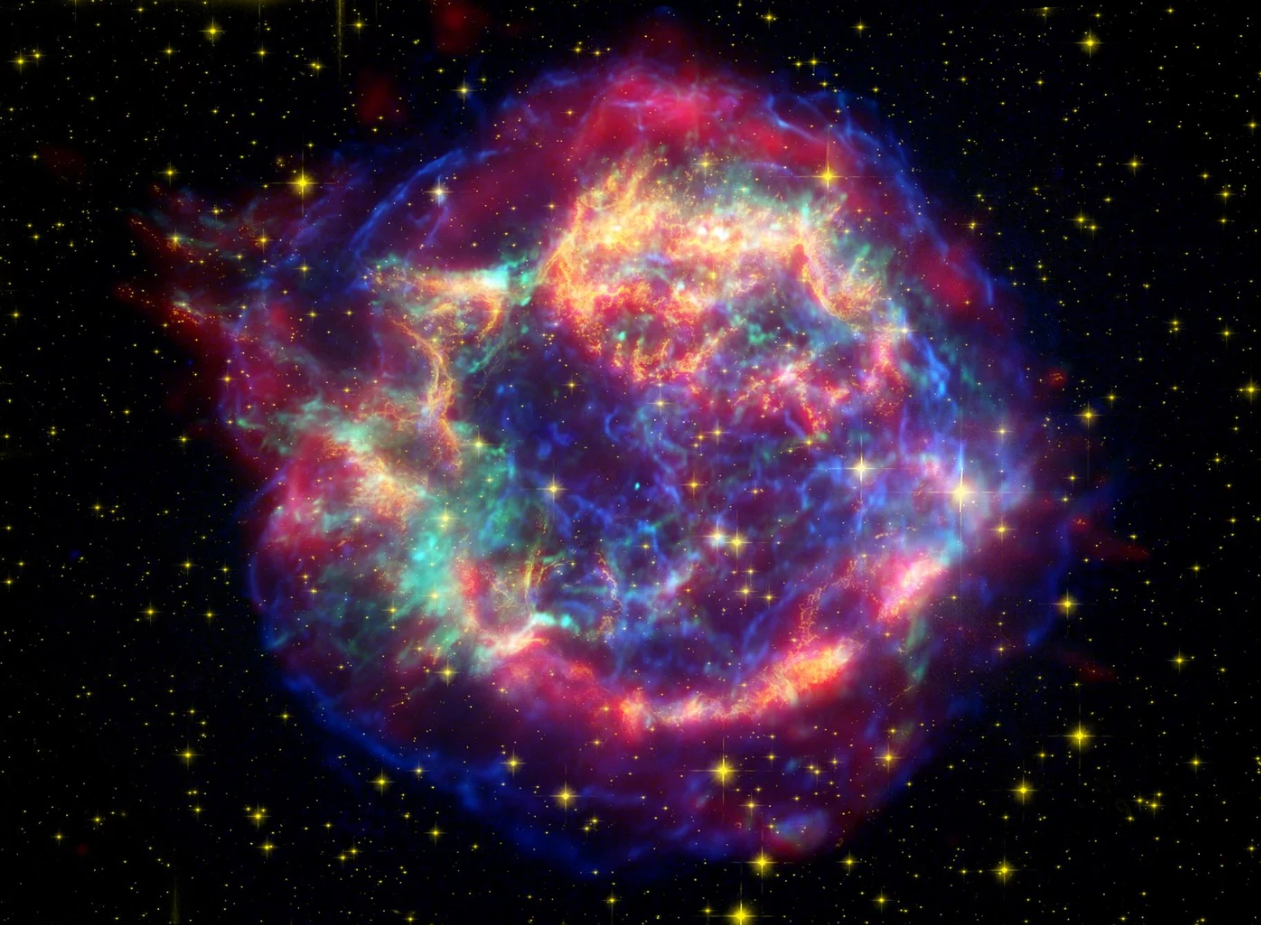Scientists believe they know the origin of stardust
More than a quarter of the dust grains in our solar system came from stars’ violent explosions

Your support helps us to tell the story
From reproductive rights to climate change to Big Tech, The Independent is on the ground when the story is developing. Whether it's investigating the financials of Elon Musk's pro-Trump PAC or producing our latest documentary, 'The A Word', which shines a light on the American women fighting for reproductive rights, we know how important it is to parse out the facts from the messaging.
At such a critical moment in US history, we need reporters on the ground. Your donation allows us to keep sending journalists to speak to both sides of the story.
The Independent is trusted by Americans across the entire political spectrum. And unlike many other quality news outlets, we choose not to lock Americans out of our reporting and analysis with paywalls. We believe quality journalism should be available to everyone, paid for by those who can afford it.
Your support makes all the difference.Scientists believe they know where the stardust in our solar system has come from.
Stardust is generally thought of as dust grains that originated from the cooling of gases from stars, blown across space as wind or through a violent supernova.
In the process, a large fraction of the non-volatile elements condenses into stardust, although much will be destroyed again. Those grains that survived became incorporated into the planets of the Solar System about 4.6 billion years ago.
For years, scientists have presumed that only relatively little of our Solar System’s stardust came from supernovae and the supergiant stars that give birth to them. But new research suggests that more than 25 per cent of the stardust in the solar system comes from supernovae.
Researchers were able to discover that by looking at “presolar grains”, or that stardust that began its life before our Solar System existed and can still be found now. They can be found in meteorites or other material that falls to use from space, and are identified by their unusual chemical makeup.
By studying those presolar grains, researchers are able to identify the types of stars that contributed dust to our Solar System. That in turn allows us to better understand where chemical elements came from and how our planetary neighbourhood began in the first place.
“Knowing that a much larger fraction of stardust comes from supernova explosions provides researchers with important new parameters to create computer models of dust evolution in the interstellar medium”, Peter Hoppe, group leader in the Department of Particle Chemistry at the MPI for Chemistry and lead author of the publication in Nature Astronomy.
“This is especially true when describing the survival of freshly produced supernova dust and old interstellar dust as supernova shock waves pass through.”
Since dust can be the catalyst for chemical reactions in interstellar molecular clouds, and is the building blocks for new planets, exploring how stardust becomes mixed in space over time could give new insight into how solar systems evolve.



Join our commenting forum
Join thought-provoking conversations, follow other Independent readers and see their replies
Comments